The Best PlayStation 2 Games Ever
The PS2 may just be the greatest console ever made, but which PS2 games are worthy of being called the best of the best?
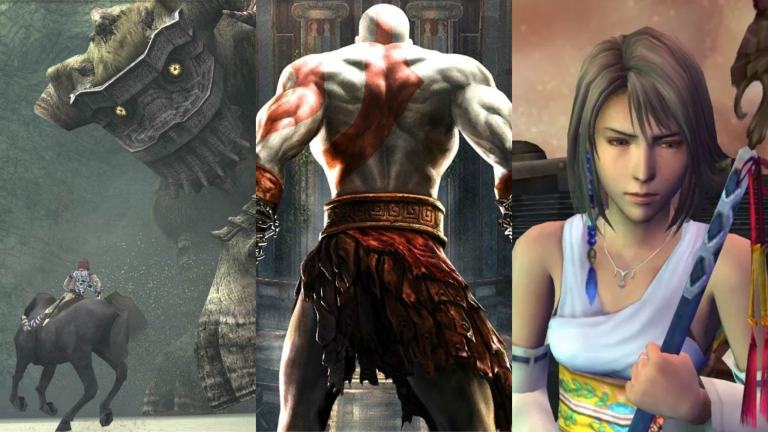
The PlayStation 2 is arguably the most influential console ever. Thanks in no small part to the surprising power of its DVD drive, the PS2 proved that gaming consoles could be used for so much more than just gaming. That multimedia power guaranteed that PS2s (and future consoles) were the centerpiece of entertainment centers in homes across the world. Of course, the PS2 also happened to support some of the very best games ever made.
The PS2 hardware represented a massive jump over its predecessor. For the first time, developers could create huge 3D environments that came closer than ever to approximating the real world. Such advancements made the console the launching pad for franchises like God of War and Ratchet and Clank, and it gave older series like Grand Theft Auto and Final Fantasy a new lease on life. With more than 4,000 titles released worldwide, narrowing down the absolute best PS2 games ever was no easy feat. Ultimately, though, these are the PS2 games that helped make the PS2 one of the best consoles ever.
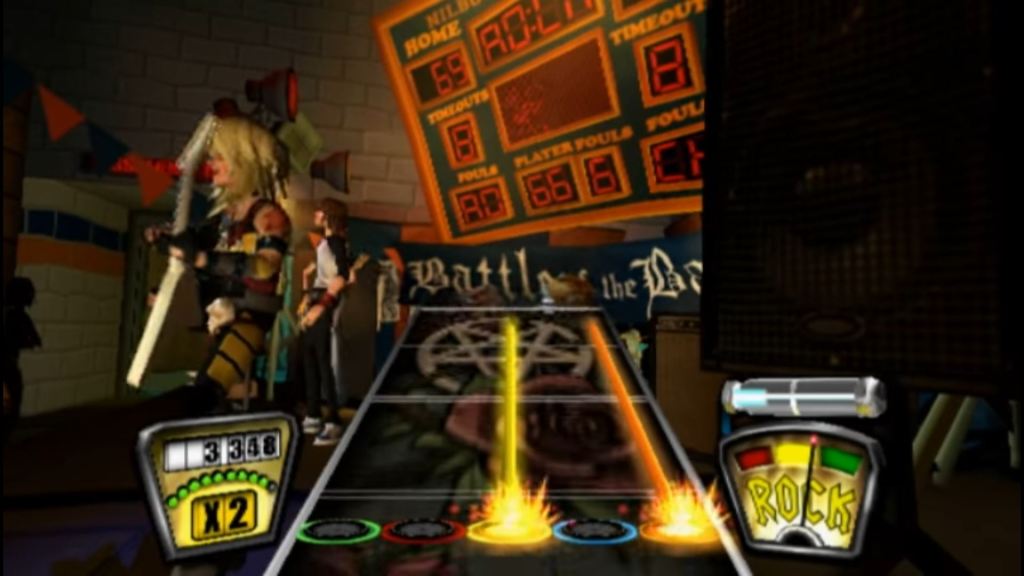
15. Guitar Hero II
Like a lot of rockstars, Guitar Hero ultimately couldn’t handle massive success, stretched itself too thin, and burnt out spectacularly. But long before the unnecessary spin-offs and questionable DLC practices, Guitar Hero was simply about the joy of making music and putting that joy in the hands of even the least musically inclined thanks to its nifty plastic controller.
Guitar Hero II may have lacked master recordings for most songs, but the covers here are all great, with some absolute bangers by Van Halen, Nirvana, and Rush. And of course, who could ever forget the final encore of “Free Bird” by Lynyrd Skynyrd? Addictive multiplayer modes and the endless quest for high scores kept most players strumming long after the credits rolled.
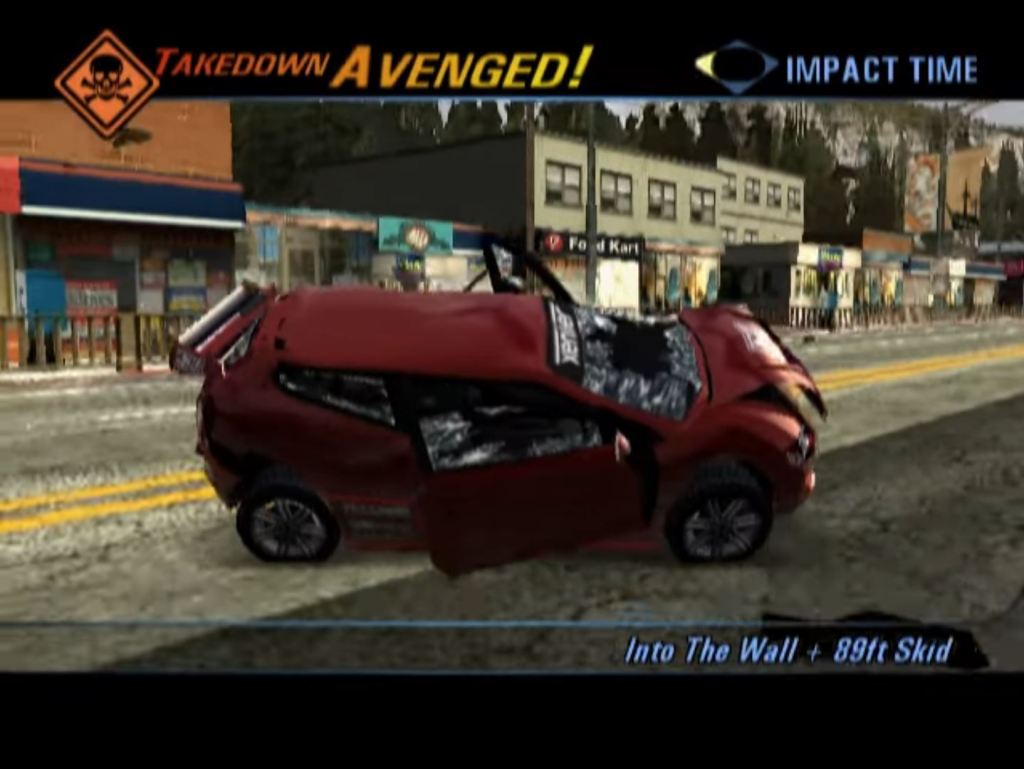
14. Burnout 3: Takedown
Most racing games strive for realism, perfectly recreating real-world cars and precisely simulating exactly how they would perform in various conditions. Burnout 3 said to hell with all that and generously offered a bunch of cool-looking vehicles blowing up real good.
So many racing games get caught up in padding out the experience or adding unnecessary modes and features, but Burnout 3 never forgets that games are meant to be fun. No matter which mode you choose, you’re going to have a great time. Every race offers tons of shortcuts and opportunities to cut off your opponents, and the crash mode, with its insane Rube Goldberg setups, might even more addictive. While there have been plenty of imitators since, no other arcade racer has surpassed the pure joy of Burnout 3. Even its two sequels weren’t quite up to the task.

13. Ico
Deceptively simple yet incredibly moving, Ico arrived with little fanfare to become one of the most influential video games of all time. Plenty of third-person action/adventure games had already been released before this gem hit the PS2 in 2001, but none emphasized atmosphere over gameplay quite like this one, or paired the player character with a fairly competent companion to create such an emotional experience.
Ico was also one of the first games of its kind that didn’t spoon-feed the player the story. It instead trusted the player to piece together those elements of the experience from clues often acquired while you’re solving one of the game’s many creative puzzles. Though its spawned plenty of imitators, few have even approached Ico’s artistic heights since its release.
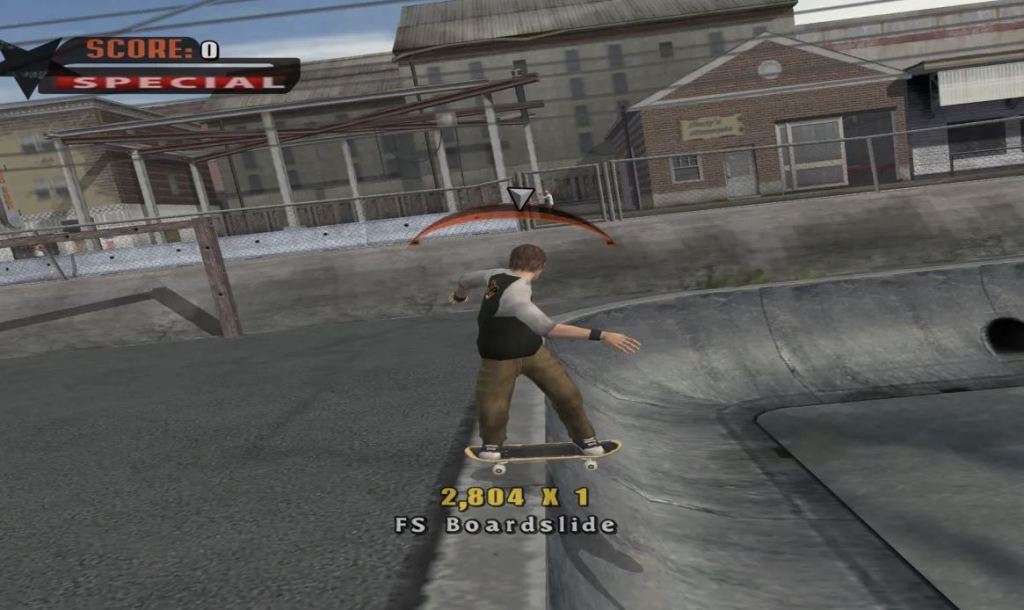
12. Tony Hawk’s Underground
Any conversation about the best Tony Hawk game ever is the best is always going to be heated. While Tony Hawk’s Pro Skater 3 and 4 ( also on PS2) are fantastic games, they just didn’t innovate quite like Tony Hawk’s Underground did.
Instead of setting you loose for two-minute runs on courses in order to complete as many goals as possible, this was the first game in the series to have a real story complete with cutscenes. Even better, the whole thing starred your very own custom character. It was also the first Tony Hawk game to let you get off your board and walk around, and it even added driving (which, admittedly, kind of sucked). While you can see the cracks in the foundation here that would eventually lead to the franchise’s decline, the heights of Tony Hawk’s Underground also clearly showcase this series’ full potential.
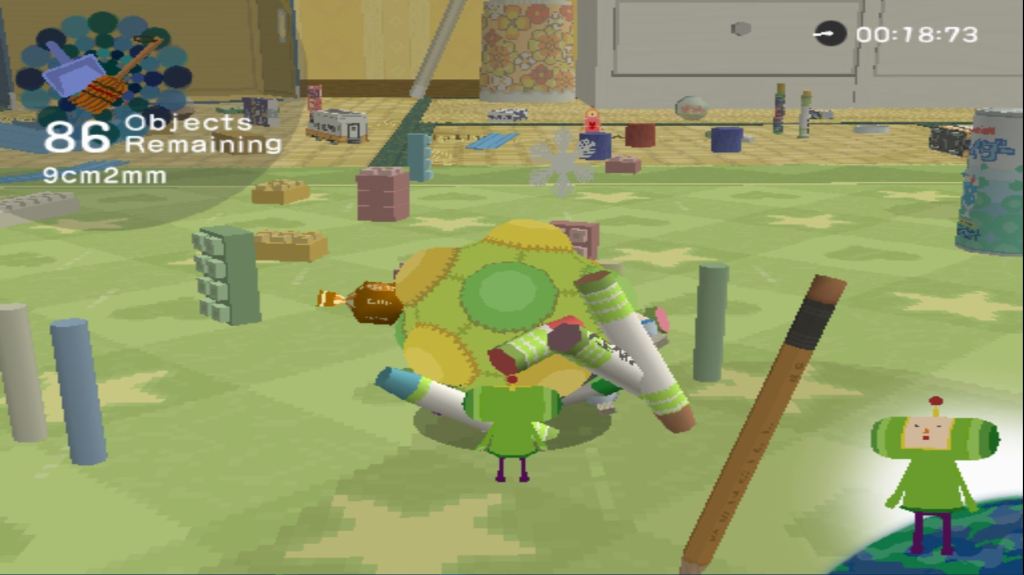
11. Katamari Damacy
I’m still not sure exactly which genre Katamari Damacy fits into. Action? Adventure? Puzzle? Almost two decades after its release, it’s very much its own thing. Ultimately, genre doesn’t matter when it’s just so damn fun to play.
The King of all Cosmos has again destroyed the universe in one of his drunken stupors (hey, we’ve all been there), and it’s now up to the Prince to roll everything up in a big sticky ball to restore existence. Completely absurd in its premise, but ingenious in its execution, Katamari Damacy smashed all expectations set by its almost non-existent hype and budget price. It ended up being a smash hit and easily makes this list not just for being ridiculously fun to play, but for just how far it pushed the idea of what’s possible in the medium.
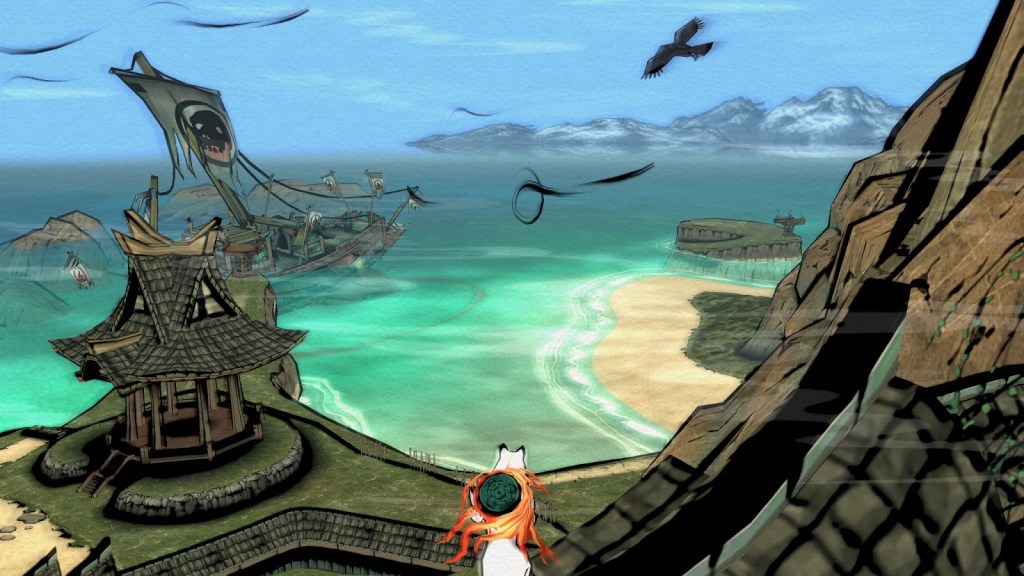
10. Okami
Historically, Zelda fans without a Nintendo console have been out of luck when it comes to finding anything more than flattering imitations of that series. However, Okami was one of the first 3D Zelda-style games to appear on a rival console that generated real jealousy from Nintendo fans.
First off, the game’s woodcut, watercolor style is absolutely gorgeous. Not many other games of the era even come close to it in terms of looks. While Okami’s gameplay is obviously inspired by Zelda, it had plenty of unique tricks up its sleeve. Chief among them was the innovative Celestial Brush, which allowed players to draw various objects in combat or for use in solving puzzles. Sadly, poor sales meant we’ve only ever seen one Okami sequel on the DS about 10 years ago, but at least the HD port of the original is readily available on modern consoles.
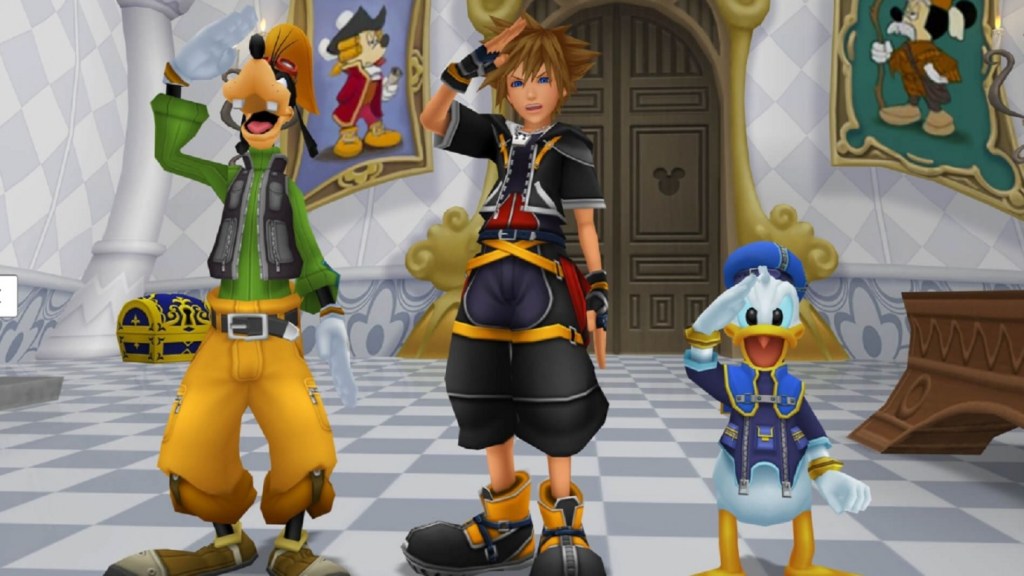
9. Kingdom Hearts II
Believe it or not, there was a time when you didn’t have to watch an hour-long YouTube video to understand the plot of Kingdom Hearts. Sora, Donald, and Goofy’s epic battle against Organization XIII is still among the best and most coherent in the franchise, and it’s wonderfully told here thanks largely to the voice acting of plenty of Disney actors and a fantastic performance by the late Christopher Lee.
But what ultimately lands Kingdom Hearts II a spot among the very best PS2 games are its many gameplay improvements. The first game was good, but this sequel vastly improved the experience and made combat much more enjoyable all while adding much-requested Disney worlds based on Tron and Pirates of the Caribbean.

8. Silent Hill 2
Before Silent Hill 2, horror games were mostly about big, gruesome monsters and jump scares. Don’t get me wrong, there’s still plenty of all that in Silent Hill 2. After all, this is the title that introduced the world to the iconic scene of Pyramid Head dragging his massive sword along the ground.
But the true horror of Silent Hill 2 is the story of guilt and desperation haunting James Sunderland as he explores the town. It all adds up to form one of gaming’s very best stories, regardless of genre. Silent Hill may not quite get the respect that Resident Evil does, but this sequel is still often recognized as the creative benchmark for horror gaming.
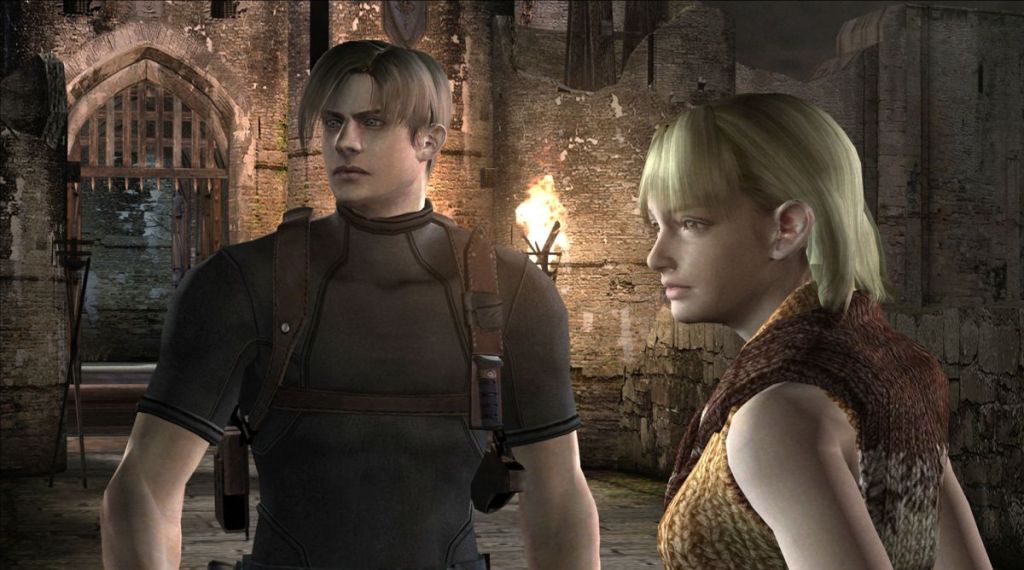
7. Resident Evil 4
Speaking of Resident Evil…
Let’s face it: this series was starting to get a little stale before this fourth-numbered entry rolled around. Collect various items to solve puzzles, trigger a jump scare or two, and wrestle with god-awful tank controls. We all knew the formula, and Capcom could have followed it for this game and sold millions of copies in the process. However, they decided to be a bit bolder than that.
Resident Evil 4 brought new life to the franchise by creating what was arguably the first survival horror action game. Ammo was much less limited, but with hordes of Plagas breathing down your neck, the series was just as terrifying as it had ever been while being a lot more fun to play. There’s a reason why Resident Evil 4 set a new standard for the most popular entries in the genre.
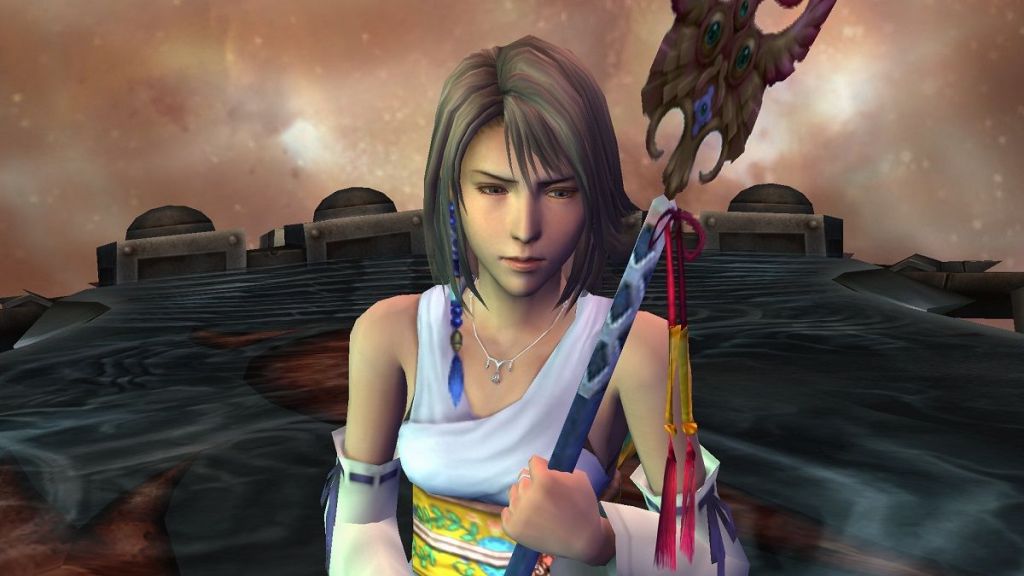
6. Final Fantasy X
Final Fantasy VII and its two immediate sequels were key reasons for the success of the original PlayStation. Those revolutionary RPG experiences set expectations understandably high for the series’ first PS2 entry. Square didn’t let fans down.
This was the first Final Fantasy to feature 3D-rendered backgrounds and voice acting, resulting in a whole new level of immersion. The fine-tuned combat system added some new tweaks and remained remarkably enjoyable well into the end game. Even if the story is a little rote, it’s still told so well that it doesn’t matter. There’s a very good argument to be made that the Final Fantasy series peaked with this tenth entry and is still trying to find its way back to form.
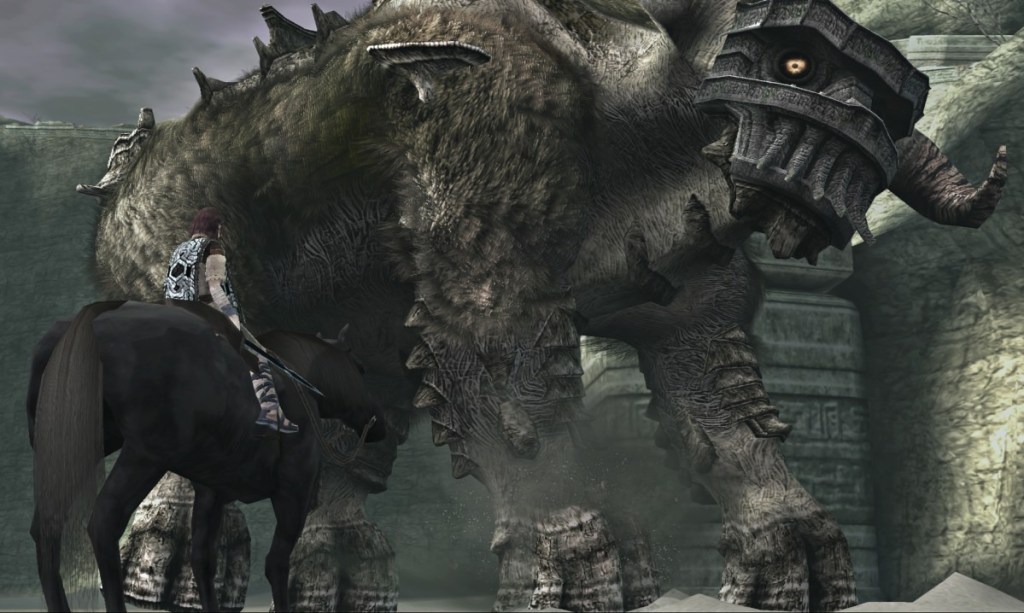
5. Shadow of the Colossus
Beginning in the 2000s, and still continuing today, there’s been this idea that games have to always get bigger and bigger, even if that means cramming more levels, enemies, and useless collectibles into every corner. Shadow of the Colossus flatly rejected that idea and (with its 16 giant enemies and relatively short, minimalist story) embraced the philosophy that less is more.
And you know what? It’s a fantastic and endlessly replayable experience that holds up way better than most bloated games. The genius of Shadow of Colossus is how it treats each encounter with a colossus as both a level and a puzzle. Each requires its own strategy to defeat, and it all culminates in one of the most unforgettable endings in gaming that ties this masterpiece directly into the number 13 on our list, Ico.
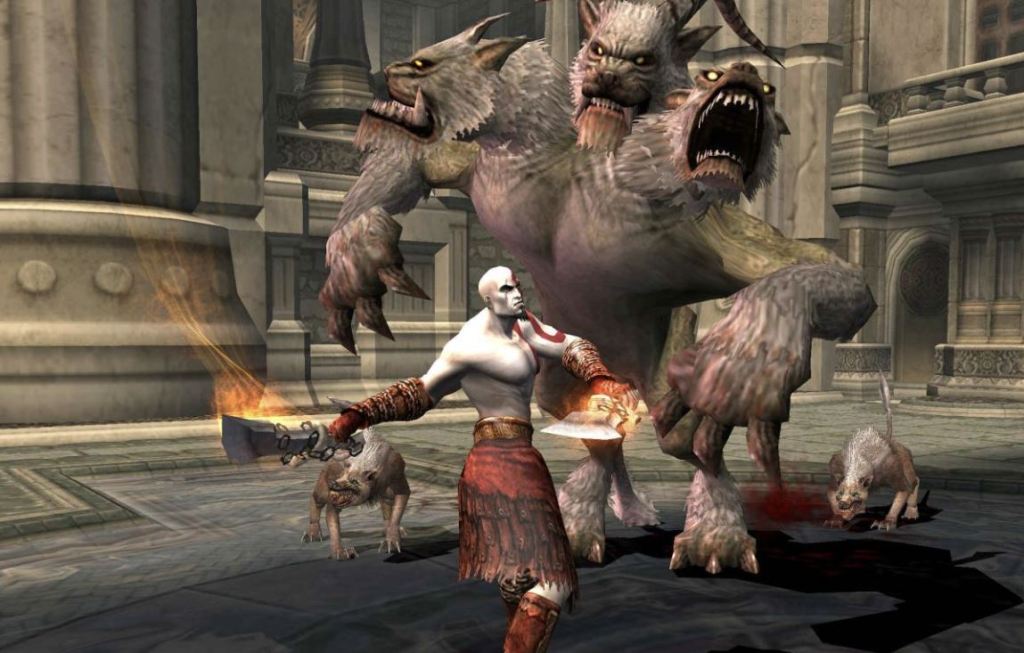
4. God of War II
Even if it’s not the visual powerhouse that it was when it debuted, the original God of War is still one of the greatest action games of all time. Rather than mess with what wasn’t broken, Santa Monica Studio simply took what was working, finetuned the combat (while adding a few awesome new weapons), and made the puzzles a little less frustrating, with an even grander story set in the game’s version of Greek mythology.
The result is a title that somehow bested its excellent predecessor in every way and still stands up as the best of the original God of War series. Some might even say this sequel is better than the recent Norse reboot series.
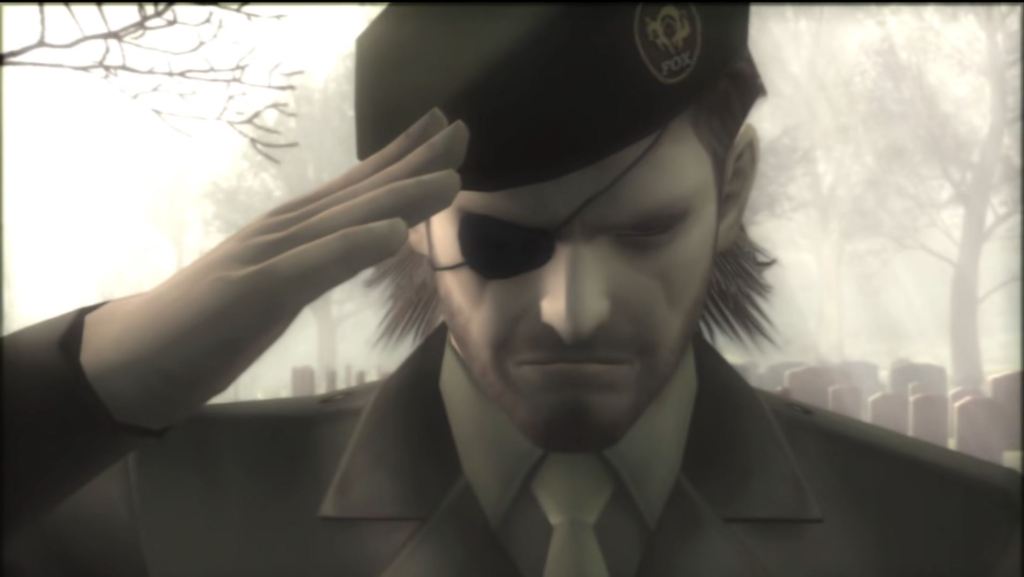
3. Metal Gear Solid 3: Snake Eater
Hideo Kojima built up an unreal amount of hype for Metal Gear Solid 2 in 2002, but the bait-and-switch protagonist and confusing storyline of that game ultimately turned off a lot of long-time fans. For many of those suddenly alienated fans, the best Metal Gear Solid experience on PS2 (and arguably the entire series) is Snake Eater.
This is the Snake fans always wanted to see: a lone warrior sneaking through the jungle, using every tool at his disposal to infiltrate an enemy base. The sheer amount of innovative ideas on display here is just staggering. From the use of camouflage and healing individual body parts to catching and eating local animals, Snake Eater embraced popular survival concepts long before they became popular. Lesser titles would easily collapse in on themselves with so many different ideas at play, but everything just meshes together so perfectly in Snake Eater that it ultimately creates one of the finest games of all time.
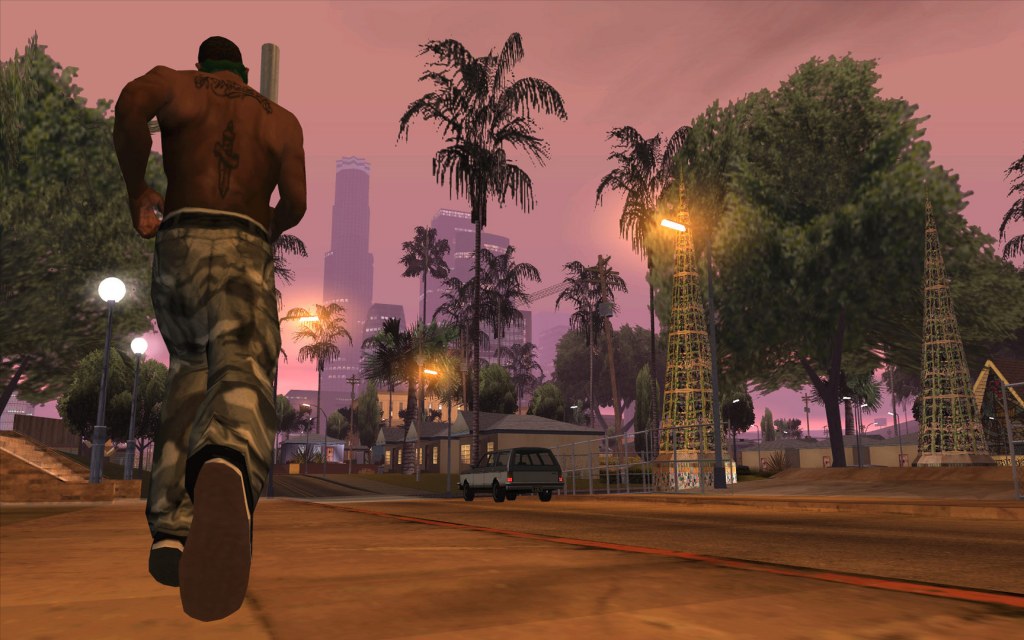
2. Grand Theft Auto: San Andreas
If you started playing games after 2001, you may never be able to fully appreciate just how revolutionary Grand Theft Auto III was. Never before had a game allowed so much freedom in an open world and wrapped it up in an adult-oriented storyline. Yet, even the mighty GTA III feels like a rough draft compared to what Rockstar ultimately created with San Andreas.
Not even other GTA games have even attempted to include three large, distinct, and fully explorable cities, or featured the sheer breadth of gameplay found here. Drive around, steal a boat and go for a swim, or take to the air in a plane, or even a jetpack. Then, get a haircut, hit the gym, and gorge on fast food until you puke. All of that, and I haven’t even mentioned the 30-hour campaign featuring a twisting gangland tale on par with a ‘90s Hollywood blockbuster.
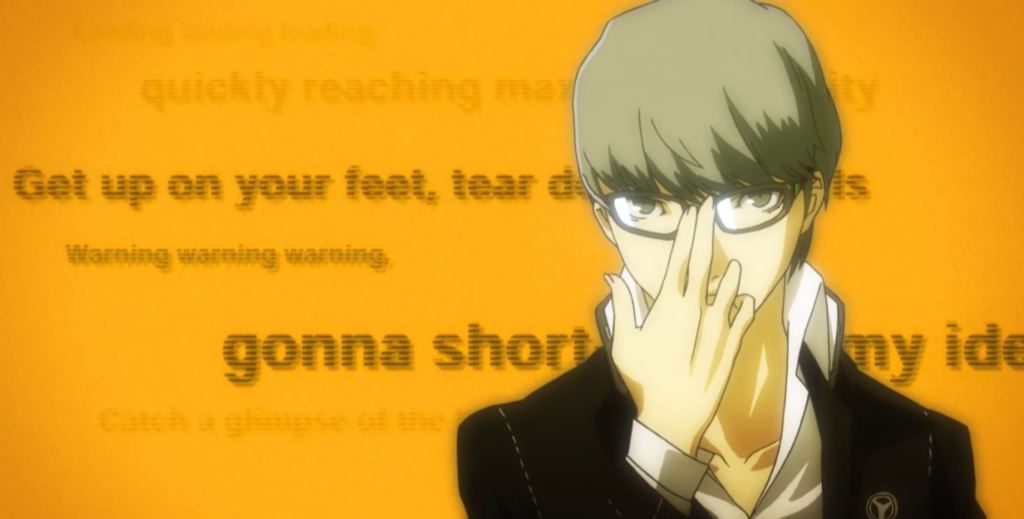
1. Persona 4
It’s not easy to make a 100+ hour JRPG that players want to see through to the end, let alone one that appeals to gamers who don’t usually play the genre. Somehow, developer Atlus delivered exactly that kind of experience with this PS2 classic that didn’t necessarily get all of the love it deserved in its day.
Persona 4 is a murder mystery with a very fun battle system, but you’ve got to look beyond the game’s marquee elements to see what really makes it so great. That’s because the real appeal of Persona 4 is its slower pace and relationship-building. Yes, there’s some urgency in solving the mystery of the Midnight Channel, but you’ll actually spend most of your time attending high school, participating in extra-curricular activities and just getting to know your classmates better.
The result is an incredibly engrossing experience where by the end it feels like you’ve really gotten to know your friends and you’ve all grown as people. It’s an incredibly rare feat in video game storytelling. There’s a reason why so many people are excited to play this title’s upcoming remaster. It’s that special kind of game that takes quite a while to beat and will stay with you so much longer than that.
